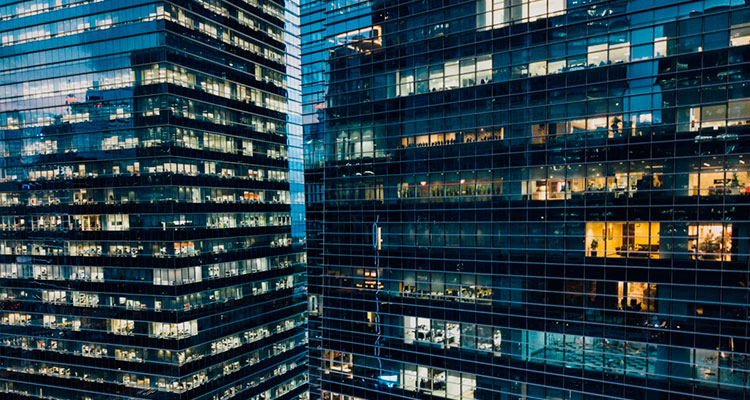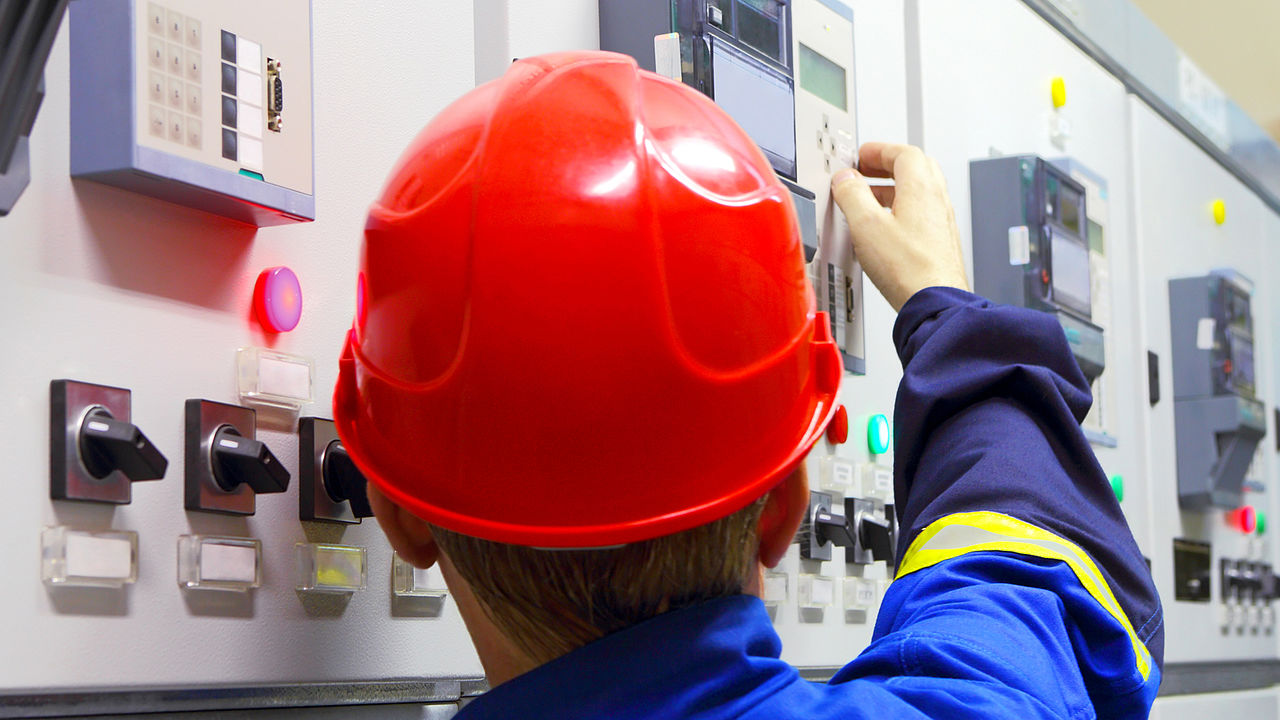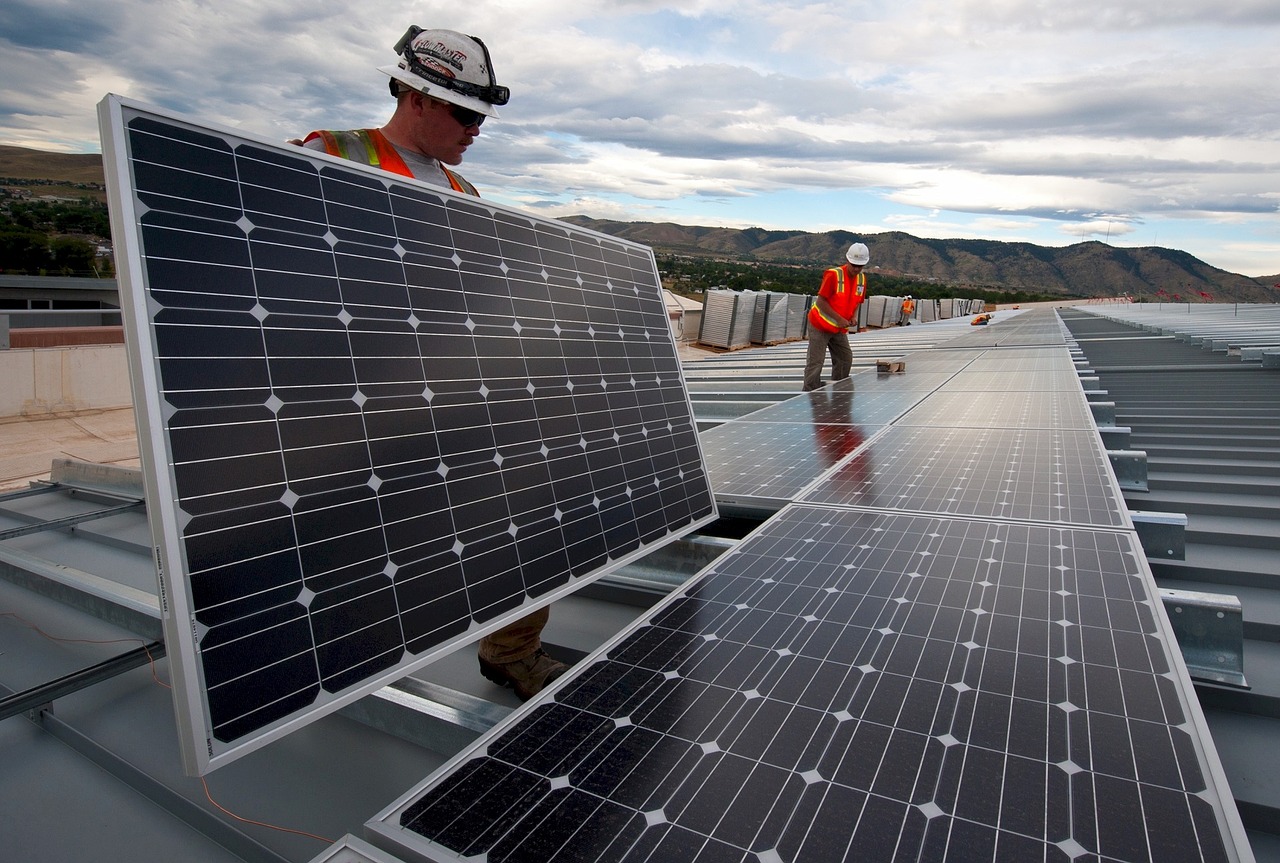4 Ways Smart Office Buildings are Maximizing Conservation and ROI
Improving the energy efficiency of modern commercial buildings

Contemporary architecture, construction, and engineering (ACE) are all about maximizing the conservation of natural resources, and aiding the preservation of the environment. Aside from the obvious environmental reasons why contractors, government regulations, and other industry professionals are emphasizing this approach, smart buildings have many other business benefits to bring to the table. After all, conservation is one of the best ways to maximize ROI and create optimized commercial and residential properties people will love.
From utilizing the power and potential of BIM to build smart, fully optimized buildings, all the way to incorporating passive conservation features and using IoT applications to minimize resource expenditure, AECs are nowadays leveraging technology to make commercial and residential buildings more sustainable. Here are some of the most effective solutions they use.
.jpg)
Optimizing the design with BIM
Building Information Modeling is the future of ACE, and governments around the world as well as leading actors in the ACE industry are quickly adopting BIM in the hopes of maximizing ROI across the board. Most importantly, BMI has the real-world potential to significantly cut extraneous expenses and energy expenditure, and produce long-term ROI. It achieves this through intelligent modeling processes that cut time and financial waste, reduce risk and error rates, and of course, allow architects and engineers to design projects with conservation in mind.
Other strengths of BIM include timeline management and delivery, real-time data management and collaboration, while its opportunities reach even further and allow ACE professionals to develop a competitive advantage and get selected for future construction projects. As the world is quickly moving towards an environmentally-friendly future, the implementation of BIM will become paramount.
Using IoT applications to reduce energy usage
The Internet of Things has revolutionized every aspect of human existence in recent years, and it has allowed the ACE industry to flourish. As smart technology is becoming an inextricable part of architecture, engineering, and construction, companies and governments are rapidly adopting IoT applications in order to identify opportunities that will allow them to minimize the urban carbon footprint. This is why smart buildings rely heavily on the quality of their IoT solutions.
One of the most popular applications of IoT in contemporary urban environments entails the use of sensor technologies that control lighting, heating, and energy expenditure in general. When the space is unoccupied, the sensors will scale the elements and optimize energy consumption in order to minimize waste. You can apply these solutions to smaller areas such as individual rooms in your building or office, or you can tie the system to your master control panel so that the entire office shuts down when the last employee punches out.
Gaining actionable insights with energy audits
To effectively optimize a smart building for maximum conservation and minimum wastage, you need to know exactly how much energy it is consuming on a daily basis, and you need to monitor these values over time in order to gain actionable insights on the best conservation solutions for you. It’s not just about implementing software; it’s about accruing knowledge through metering and audits. This is something that the Australian business environment has been implementing in recent years, as the country is struggling when it comes to energy efficiency.
In the Land Down Under, entrepreneurs and ACE professionals are increasingly conducting comprehensive energy audits with the help of their level 2 electrician in Sydney and every other major business hub in the country in an attempt to produce accurate reports on energy consumption. They achieve this not only with said audits, but also by installing building-wide metering systems that will help them monitor energy expenditure over a prolonged period of time. This allows them to take actionable steps towards better energy efficiency, and most importantly, to optimize all smart features for maximum effectiveness.

Incorporating renewable energy to increase production and conservation
Clean energy has been the operating buzzword in the residential and commercial realms in the last few decades, but that doesn’t mean it’s not important or that ACEs do not possess the knowledge and tools to build sustainable properties that operate predominantly on clean energy, like solar. Smart buildings present the perfect foundation for the integration of renewable energy solutions, as engineers can easily outsource energy collection and management to smart in-house applications.
Software engineers can, for example, tie the software solutions and entire building management systems to the building’s average power demand, thus scaling the use of external energy sources, and optimizing complementary factors in order to reduce overall energy consumption. Smart buildings can, therefore, not only help produce more clean energy, but also allow for long-term financial savings and sustainability from improved conservation.
In closing
Environmentalism has become a big part of the ACE industry in recent decades, and not just for the sake of preserving the natural world. By designing and constructing smart buildings using BIM solutions and leveraging this technology along with actionable reports to reduce the carbon footprint, ACE professionals can not only gain a competitive advantage, but also transform the future of urbanization as a whole.












